

- RFQ
- BOM
-
Contact Us
Tel: +86-0755-83501315
Email: sales@sic-components.com
- Chinese
- English
- French
- German
- Portuguese
- Spanish
- Russian
- Japanese
- Korean
- Arabic
- Irish
- Greek
- Turkish
- Italian
- Danish
- Romanian
- Indonesian
- Czech
- Afrikaans
- Swedish
- Polish
- Basque
- Catalan
- Esperanto
- Hindi
- Lao
- Albanian
- Amharic
- Armenian
- Azerbaijani
- Belarusian
- Bengali
- Bosnian
- Bulgarian
- Cebuano
- Chichewa
- Corsican
- Croatian
- Dutch
- Estonian
- Filipino
- Finnish
- Frisian
- Galician
- Georgian
- Gujarati
- Haitian
- Hausa
- Hawaiian
- Hebrew
- Hmong
- Hungarian
- Icelandic
- Igbo
- Javanese
- Kannada
- Kazakh
- Khmer
- Kurdish
- Kyrgyz
- Latin
- Latvian
- Lithuanian
- Luxembou..
- Macedonian
- Malagasy
- Malay
- Malayalam
- Maltese
- Maori
- Marathi
- Mongolian
- Burmese
- Nepali
- Norwegian
- Pashto
- Persian
- Punjabi
- Serbian
- Sesotho
- Sinhala
- Slovak
- Slovenian
- Somali
- Samoan
- Scots Gaelic
- Shona
- Sindhi
- Sundanese
- Swahili
- Tajik
- Tamil
- Telugu
- Thai
- Ukrainian
- Urdu
- Uzbek
- Vietnamese
- Welsh
- Xhosa
- Yiddish
- Yoruba
- Zulu
- Kinyarwanda
- Tatar
- Oriya
- Turkmen
- Uyghur
Converters
In today's increasingly electrified era, power converters are like an invisible yet sturdy bridge spanning between various forms of electrical energy, becoming an indispensable key component in modern life and industrial operations. From the smartphone chargers that people carry with them all the time to the large - scale systems that support the integration of renewable energy into the grid and deliver clean electricity to entire cities, power converters silently exert their "magic", precisely regulating, skillfully converting, and efficiently optimizing electrical energy to meet the unique power requirements of a wide variety of application scenarios. As the global demand for efficient, reliable, and sustainable energy solutions grows louder, it has become a necessary task for both professionals in the energy industry and ordinary consumers to have an in - depth and comprehensive understanding of power converters - from their diverse types and intricate functions to their extensive and far - reaching impacts.
I. Definition and Composition of Power Converters
Essentially, a power converter is an electrical device capable of transforming the form of electrical energy. It "reshapes" electrical energy by precisely controlling key parameters such as voltage, current, or frequency. Inside it, power semiconductor devices are the core "brain". Components like metal - oxide - semiconductor field - effect transistors (MOSFETs), insulated - gate bipolar transistors (IGBTs), and thyristors work in concert to accurately control the flow and switching of electricity. Passive components such as capacitors and inductors are also essential. They act as precise "voltage stabilizers" and "filters", helping to stabilize the current, reduce noise and harmonics, and ensure that the output electrical energy is pure and stable, meeting the stringent power quality requirements of various electronic devices.
Further analyzing the power converter system, it mainly consists of two key components: the converter and the controller. The converter shoulders the important task of electrical energy conversion. It can flexibly change the electrical characteristics of electrical energy according to actual needs. For example, converting the most common alternating current (AC) in daily life into direct current (DC), a conversion process that occurs frequently in the power supply of numerous electronic devices. The controller, on the other hand, is like a strategic commander. With the help of integrated circuit technology, it meticulously manages every operation link of the converter. It real - time monitors key parameters such as current and voltage, and dynamically adjusts the operating state of the converter according to preset programs and algorithms to achieve optimal performance. It also triggers protection mechanisms at critical moments to ensure the safe and smooth operation of the entire system.
II. Development History of Power Converters
The development of power converters has a long history. Early power conversion technologies were extremely simple, mainly used to meet basic power needs. In the initial stage of power application, people used simple transformers to change the voltage to suit the requirements of different electrical appliances. With the gradual development of electronic technology, the emergence of semiconductor devices brought about a major revolution in power converters. The invention of transistors enabled power converters to achieve more efficient electrical energy control and conversion, and their size gradually decreased.
In the late 20th century, with the rapid development of computer and communication technologies, higher requirements were placed on the performance and efficiency of power converters. Switching power supply technology emerged at the right time. It realizes electrical energy conversion through high - frequency switching actions, greatly improving conversion efficiency and reducing the size and weight of power supplies. During this period, power converters began to be widely used in various electronic devices. From personal computers to communication base stations, all rely on efficient power conversion technology.
In recent years, with the rise of the new energy industry, such as the large - scale application of renewable energy sources like solar and wind power, power converters have faced new challenges and opportunities. In order to achieve the efficient integration and stable output of renewable energy, researchers have been continuously exploring new materials and technologies. The application of new semiconductor materials such as silicon carbide (SiC) and gallium nitride (GaN) has significantly improved the performance of power converters in high - temperature, high - voltage, and high - frequency environments, enabling them to better meet the needs of the new energy field.
III. Types of Power Converters
(I) AC - DC Converters (Rectifiers)
Rectifiers, as key devices for converting alternating current into direct current, are the cornerstone of the power supply system for modern electronic devices. In the early days, traditional diode bridge rectifiers were widely used in many fields due to their simple structure and principle. However, with the development of technology, their shortcomings have gradually become apparent. The problem of high harmonic distortion not only reduces the power quality but also causes a certain degree of pollution to the power grid. In response to this, modern rectifier designs actively introduce power factor correction (PFC) circuits. Through ingenious circuit layouts and control algorithms, they significantly improve the power conversion efficiency, effectively reduce the harmonic content, and minimize the negative impact on the power grid. Nowadays, AC - DC converters play an irreplaceable role, from precisely powering the compact chargers of laptops to stably supplying energy to large - scale battery charging systems in industrial fields.
(II) DC - AC Converters (Inverters)
Inverters have the opposite function of rectifiers. They undertake the important task of converting direct current back into alternating current and play a core role in the field of renewable energy. Take solar panels as an example. The direct current they generate needs to be converted into alternating current compatible with the grid through inverters before it can be smoothly integrated into the grid, realizing the wide transmission and utilization of clean energy. Inside the inverter, semiconductor switching devices such as insulated - gate bipolar transistors (IGBTs) operate in an orderly manner. By precisely controlling the switching frequency and time, they carefully construct a sinusoidal alternating current waveform. Inverters have a wide range of applications. In emergency power supply scenarios, uninterruptible power supplies (UPS) equipped in key places such as hospitals and data centers rely on inverters to seamlessly switch during power outages, ensuring the continuous and stable operation of important equipment and maintaining life - support systems and data storage security. In the field of industrial motor drives, inverters can accurately regulate the speed and torque of motors, greatly improving the refinement of industrial production and energy utilization efficiency. In the transportation industry, the power systems of electric vehicles (EVs) highly rely on inverters, which efficiently convert the direct current stored in batteries into the alternating current required by traction motors, driving the vehicles to run smoothly and promoting green travel.
(III) DC - DC Converters (Choppers)
DC - DC converters focus on the precise regulation of direct - current voltage. Like a highly skilled "voltage craftsman", they flexibly increase or decrease the voltage according to the requirements of different application scenarios. Buck converters are often used to reduce a higher direct - current voltage to an appropriate level. A typical example is a mobile phone charger, which precisely steps down the higher direct - current voltage obtained from the initial conversion of mains power to a level acceptable to the mobile phone battery, ensuring safe and efficient charging. Boost converters, on the contrary, are used to increase the voltage. In photovoltaic systems, when the output voltage of solar panels is low, boost converters come into play, raising the voltage to the standard required for grid connection and ensuring the smooth integration of electrical energy into the grid. There are also buck - boost converters, which combine the functions of both and can flexibly switch working modes according to actual needs. These converters generally adopt pulse - width modulation (PWM) technology. By skillfully controlling the time and amplitude of power transmission, they can achieve a conversion efficiency of up to 95%, greatly reducing energy loss. In the field of electric vehicles, DC - DC converters not only regulate the battery voltage to ensure a stable and efficient charging process but also precisely supply power to the vehicle's auxiliary systems (such as headlights and in - vehicle electronic devices), comprehensively guaranteeing the vehicle's performance. In renewable energy systems, with the help of the maximum power point tracking (MPPT) technology, DC - DC converters can keenly capture the optimal operating state of solar panels and maximize the extraction of electrical energy from sunlight, improving energy utilization efficiency.
(IV) AC - AC Converters
Cycloconverters
Cycloconverters are a unique type of AC - AC converters. They can directly convert alternating current from one frequency and voltage to another, usually reducing the frequency. During their operation, line - commutation designs dominate in most scenarios due to their reliability and stability. However, in some situations with special performance requirements, forced commutation also plays a crucial role. In the industrial field, large - scale low - speed motors in industries such as cement manufacturing and ship propulsion systems rely on cycloconverters to provide precisely adapted alternating current, ensuring the stable and efficient operation of the motors and supporting large - scale industrial production and ocean navigation.
AC Voltage Controllers
AC voltage controllers mainly use thyristors in an antiparallel configuration to flexibly regulate the alternating - current voltage while keeping the frequency constant. Their application scenarios can be seen everywhere in daily life and industrial production. In intelligent building systems, AC voltage controllers are used to achieve light dimming functions, which can not only meet the lighting needs of different scenarios but also effectively save energy. In the scenario of industrial fan speed regulation, they can adjust the fan speed according to actual process requirements, optimizing the production environment. In the control of transformer tap changers, they can precisely regulate the voltage, ensuring the stable operation of the power system. With their excellent voltage regulation capabilities, AC voltage controllers have made significant contributions to the efficient operation and energy consumption optimization of various devices.
(V) Specialized Converters
Voltage - Source Inverters (VSI)
Voltage - source inverters take direct - current power as input and always prioritize the stability of the output voltage during operation. In motor drives, they can provide stable and precise voltage for motors, ensuring smooth motor starting and efficient operation. They are widely used in scenarios such as industrial automation production lines and elevator drives. In uninterruptible power supply (UPS) systems, when the mains power is interrupted, VSIs respond quickly, converting the battery's direct current into stable alternating current output, continuously powering key devices and safeguarding data security and production continuity.
Current - Source Inverters (CSI)
Current - source inverters exhibit unique advantages in high - power application fields and can achieve precise control of the output current. However, they also face some challenges. For example, they are prone to instability at low frequencies, and due to their working characteristics, the related components are relatively large in size, which limits their application to some extent in scenarios with strict space requirements. Even so, in the driving scenarios of large - scale high - power industrial equipment in metallurgy, chemical industry, and other fields, CSIs still occupy an important position with their powerful current control capabilities.
IV. Key Technologies and Control Methods
(I) Semiconductor Advancements
In the evolution of the core technologies of power converters, the innovation of semiconductor materials is undoubtedly a crucial part. Traditional silicon - based semiconductors have long dominated the market. However, as the performance requirements for power converters continue to rise with technological development, new semiconductor materials such as silicon carbide (SiC) and gallium nitride (GaN) have emerged strongly. Compared with silicon, SiC has a higher breakdown voltage and can withstand a stronger electric field intensity, enabling power converters based on SiC to perform excellently in high - voltage application scenarios, such as fast - charging facilities for electric vehicles and high - voltage power transmission and distribution systems. At the same time, SiC has high electron mobility and extremely fast switching speeds, which can greatly reduce switching losses and significantly improve power conversion efficiency. Gallium nitride (GaN) is also remarkable. It has excellent high - frequency characteristics and can operate stably at extremely high frequencies, making it suitable for communication power supplies and 5G base station power supplies with extremely high requirements for frequency response. Moreover, GaN devices have a low on - resistance, further reducing power losses. Combined with their advantages of small size and light weight, they open up broad prospects for the development of more compact and efficient power converters, especially in applications sensitive to space and weight such as portable electronic devices and drones.
(II) Control Strategies
Pulse - Width Modulation (PWM)
Pulse - width modulation is the "mainstay" in the control field of power converters and is widely used in various types of converters. Its working principle is based on the precise control of the conduction time of switching elements. By changing the pulse width, it flexibly adjusts the average value of the output voltage or current, thereby achieving effective power regulation. In DC - DC converters, PWM technology can accurately control the magnitude of voltage rise and fall, ensuring that the output voltage remains stable at the target value. In inverters, with the help of a series of pulse signals generated by PWM, a sinusoidal alternating - current waveform is cleverly simulated to meet the alternating - current needs of different loads. This control strategy has the significant advantages of fast response speed and high adjustment accuracy, providing a solid guarantee for the efficient and stable operation of power converters.
Soft Switching
In order to further reduce the losses generated during the switching process of semiconductors and improve power conversion efficiency, soft - switching technologies such as zero - voltage switching (ZVS) and zero - current switching (ZCS) have emerged. Zero - voltage switching technology, through ingenious circuit design, makes the voltage across the switching element approach zero at the moment of conduction or turn - off, thus greatly reducing the overlapping losses of voltage and current during the switching process. Zero - current switching ensures that the current through the element is zero during the switching action, also achieving the goal of reducing losses. The application of soft - switching technology not only effectively improves the efficiency of power converters but also reduces the heat generated during equipment operation, extending the service life of the equipment. It has outstanding advantages in high - power and high - frequency power conversion scenarios.
Digital Control
With the vigorous development of digital technology, microcontrollers and digital signal processors (DSPs) have been widely applied in the control field of power converters, opening a new era of digital control. Digital control systems can conduct real - time and precise monitoring of the operating parameters of power converters, quickly capturing the subtle changes in signals such as voltage, current, and temperature. Once abnormal situations such as overvoltage and overcurrent faults are detected, they can respond quickly and trigger protection mechanisms to ensure the safety of the equipment. At the same time, with their powerful computing capabilities, digital control can implement complex algorithms. For example, in renewable energy systems, through the maximum power point tracking (MPPT) algorithm, it can accurately track the maximum power output point of solar panels or wind turbines, maximizing the energy conversion efficiency.
V. Cross - Industry Applications
(I) Consumer Electronics
In the colorful world of consumer electronics, power converters act as unsung heroes, playing a vital role. From the mobile chargers that people hold in their hands to the power supply modules of various smart devices in smart home systems, power converters are everywhere. They carefully optimize the battery charging process. According to the battery characteristics and device operating status, they precisely regulate the charging voltage and current, not only ensuring the charging speed but also avoiding damage to the battery caused by overcharging or over - discharging, significantly extending the battery life. Inside the device, power converters rationally manage the power distribution, providing suitable power for different functional modules to ensure the stable operation of the device. Moreover, facing the diverse global voltage standards, power converters have excellent compatibility. Whether it is the 110V power grid in the United States or the 220V power grid in China, they can automatically adjust the conversion parameters to ensure the normal operation of the device, greatly enhancing the convenience and versatility of consumer electronics.
(II) Transportation
Electric Vehicles
In the complex power systems of electric vehicles, DC - DC converters and inverters each play a core role. DC - DC converters have a dual mission. On the one hand, they precisely regulate the voltage of the high - voltage batteries of electric vehicles to an appropriate level, stably supplying power to the low - voltage auxiliary devices of the vehicle, such as headlights, instrument panels, and in - vehicle infotainment systems, ensuring the normal operation of these devices and enhancing the driving experience. On the other hand, during the battery charging process, DC - DC converters participate in the control of charging voltage and current, ensuring a safe and efficient charging process. Inverters are the "power engines" that drive electric vehicles. They quickly and accurately convert the direct current stored in the battery into alternating current with variable frequency and amplitude, providing strong power for the traction motors. According to the driving needs, they flexibly adjust the speed and torque of the motors, enabling the vehicle to accelerate, decelerate smoothly, and achieve efficient cruising.
Hybrid Electric Vehicles
Hybrid electric vehicles integrate traditional fuel engines and electric drive systems, and power converters play a key role in energy balance and efficient utilization. During the vehicle's driving process, power converters real - time monitor the energy status of the engine and the battery and intelligently control the energy flow between them. When the vehicle is at a low speed or starting, it preferentially uses the battery's electrical energy and drives the motor through the inverter. At this time, the power converter ensures the efficient transmission and conversion of electrical energy. When the vehicle is driving at a high speed or the battery power is low, the engine intervenes. Part of the power is used to drive the vehicle, and the other part is converted into electrical energy through the generator and stored in the battery. The power converter precisely regulates this energy recovery and storage process, effectively improving fuel efficiency and reducing exhaust emissions, contributing to environmental - friendly travel.
(III) Renewable Energy
In the global wave of actively promoting green energy transformation, power converters have become an indispensable key hub in renewable energy systems, closely connecting solar panels, wind turbines, energy storage systems, and the power grid. Affected by factors such as light intensity and temperature, the electrical energy output by solar panels is volatile and unstable. Power converters, through advanced control algorithms and circuit designs, quickly adjust the electrical energy parameters, converting it into alternating current that matches the voltage, frequency, and phase of the power grid, achieving the efficient integration of solar energy into the grid. In the field of wind power generation, the frequency of the alternating current generated by wind turbines fluctuates with the wind speed. Power converters also play a key role, performing a series of processes such as rectification and inversion on the electrical energy to ensure the stable and high - quality integration of the output electrical energy into the grid. In terms of energy storage systems, whether it is the common lithium - ion battery energy storage or the emerging flow battery energy storage, power converters efficiently store the electrical energy of the grid in the battery during charging and precisely convert the electrical energy of the battery into a form suitable for load use or grid connection during discharging, ensuring the stable supply of renewable energy and promoting the transformation of the energy structure towards a clean and sustainable direction.
(IV) Industrial Automation
On industrial automation production lines, power converters are just like the precisely operating "central nervous system", deeply involved in key aspects such as motor control and equipment power supply, making significant contributions to improving production efficiency and accuracy. In terms of motor control, power converters precisely control the speed, torque, and operating direction of motors by flexibly adjusting the output voltage, frequency, and phase, meeting the diverse requirements of different production processes for motor operation. For example, in automobile manufacturing production lines, the precise movements of robotic arms rely on the accurate regulation of motors by power converters to achieve high-precision assembly of components. In the textile industry, power converters ensure the stable operation of motors in textile machinery, guaranteeing the uniformity of textile quality. In the field of power supply for high-power industrial equipment, such as the electric arc furnaces in steel production, which require strong and stable power support, power converters can efficiently convert and distribute electrical energy, ensuring the continuous and stable operation of the equipment and enhancing the overall effectiveness and reliability of industrial production.
VI. Advantages and Challenges
(II)Challenges
Cost: In order to pursue higher performance and efficiency, power converters widely use specialized semiconductor materials (such as silicon carbide and gallium nitride) and complex control circuits during the design and manufacturing process. Although these advanced materials and technologies significantly enhance product performance, they inevitably increase production costs. For price - sensitive markets and application scenarios, the high cost has become a major obstacle to the popularization and promotion of power converters, limiting their application in some projects with limited budgets.
Overload Limitations: Although power converters have a certain degree of overload protection capability, their tolerance to sudden and powerful electrical surges is still limited. In industrial environments, situations such as motor starting and short - circuit faults may trigger instant large currents, exceeding the normal operating range of power converters, resulting in equipment damage and even safety accidents. Therefore, it is usually necessary to additionally equip protection measures such as over - current protection devices and surge suppressors, which undoubtedly increases the system cost and design complexity.
Harmonic Distortion: The design of some power converters, especially some traditional or low - cost converters, generates a large amount of electrical noise and harmonic distortion during operation. Once these harmonics are injected into the power grid, they will interfere with the normal operation of other electrical equipment, reduce the power quality of the grid, and may even violate relevant electrical standards and regulations. To solve this problem, it is often necessary to install filtering devices to eliminate harmonics, which not only increases equipment costs but also occupies additional installation space.
VII. Future Trends
Integration with the Internet of Things (IoT): In the future, smart power converters will be able to communicate in real - time with the power grid, smart home devices, and other industrial systems. Through IoT technology, they can collect and analyze operation data to implement demand response mechanisms, automatically adjusting power output according to grid load and user needs. In addition, based on big data and artificial intelligence algorithms, power converters can also perform predictive maintenance, detecting potential faults in advance, reducing downtime, and improving the overall reliability and operation efficiency of the power system.
Ultra - High - Power Applications: With the continuous growth of global energy demand, especially in the fields of grid - scale energy storage, long - distance power transmission, and emerging high - power industrial applications, the demand for megawatt - level or even higher - power - rated power converters is increasing. Current research focuses on developing new topological structures, optimizing heat dissipation technologies, and improving high - voltage insulation performance to meet the strict requirements of ultra - high - power application scenarios for converter efficiency, reliability, and safety.
Sustainable Development: Driven by global sustainable development goals, the design of power converters will pay more attention to environmental protection and resource conservation. Future power converters will use more recyclable materials and optimize manufacturing processes to reduce energy consumption and waste emissions. At the same time, by improving energy conversion efficiency and reducing standby power consumption, the impact on the environment will be further reduced, helping to achieve the goal of carbon neutrality.
VIII. Conclusion
As a core component of modern electrical systems, power converters play an irreplaceable role in improving energy utilization efficiency and promoting the development of various industries. From consumer electronics in daily life to industrial production, transportation, and energy supply that are related to national livelihood, power converters are everywhere, supporting the operation of the entire electrified society. Although currently facing many challenges such as cost, overload protection, and harmonic distortion, with the continuous progress of technology, power converters are rapidly developing towards intelligence, high efficiency, high power, and greenness. In the future, they will continue to lead the energy technology revolution, laying a solid foundation for building a more sustainable, efficient, and interconnected electrified future. Whether it is providing stable power for global data centers or quickly charging handheld devices, the importance of power converters in optimizing electrical energy utilization is unparalleled, and their development prospects are full of expectations.
https://www.sic-components.com/integrated-circuits-ics

Hot Products
View MoreRelated Blogs

2000+
Daily average RFQ Volume

30,000,000
Standard Product Unit

2800+
Worldwide Manufacturers

15,000 m2
In-stock Warehouse




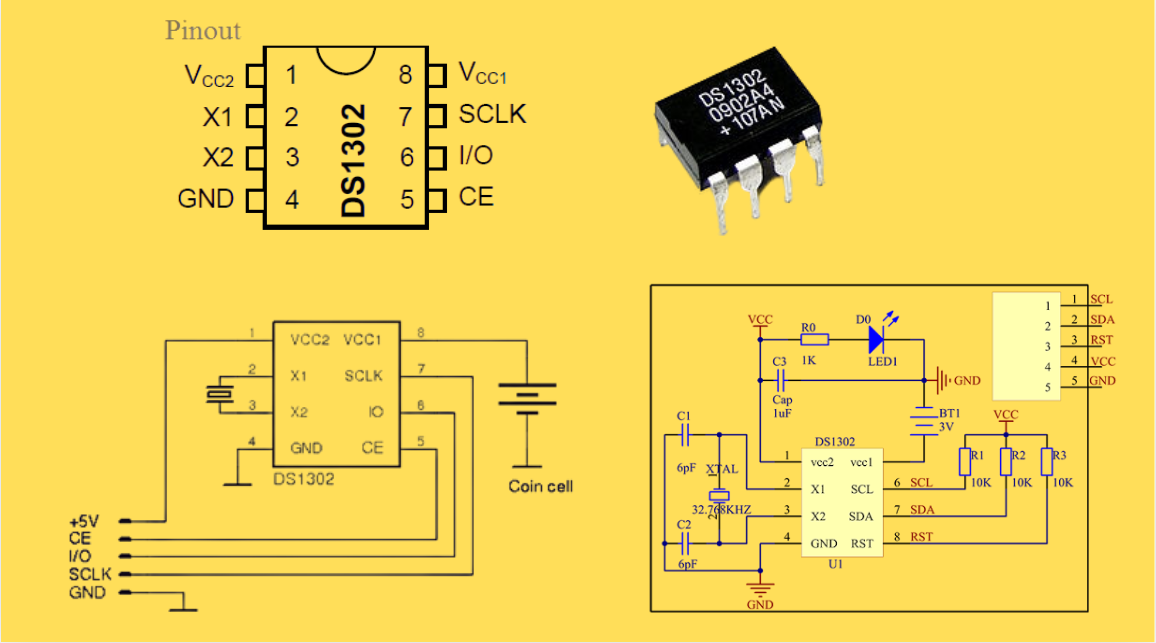
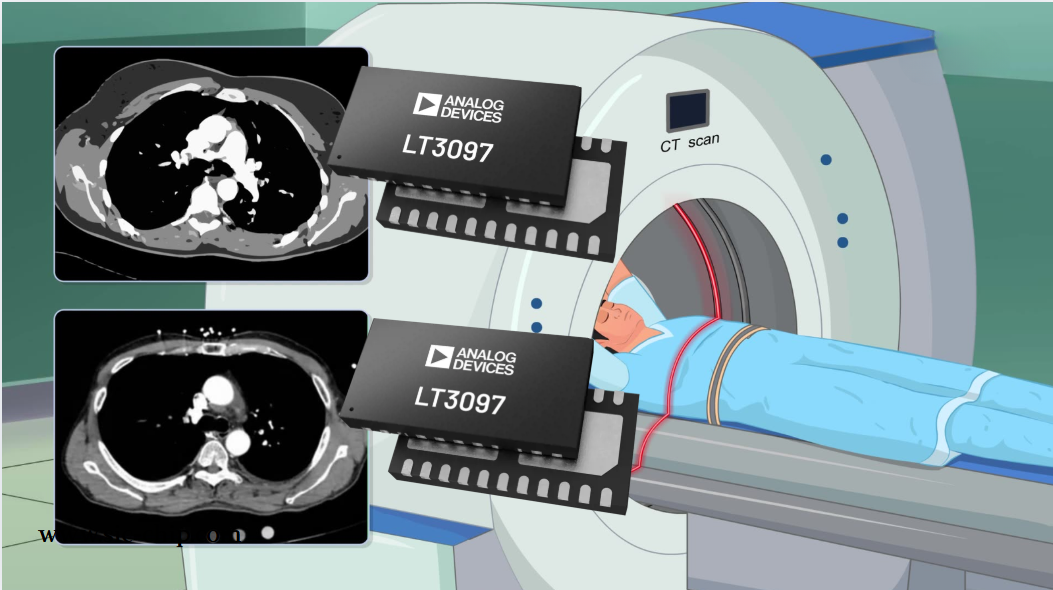
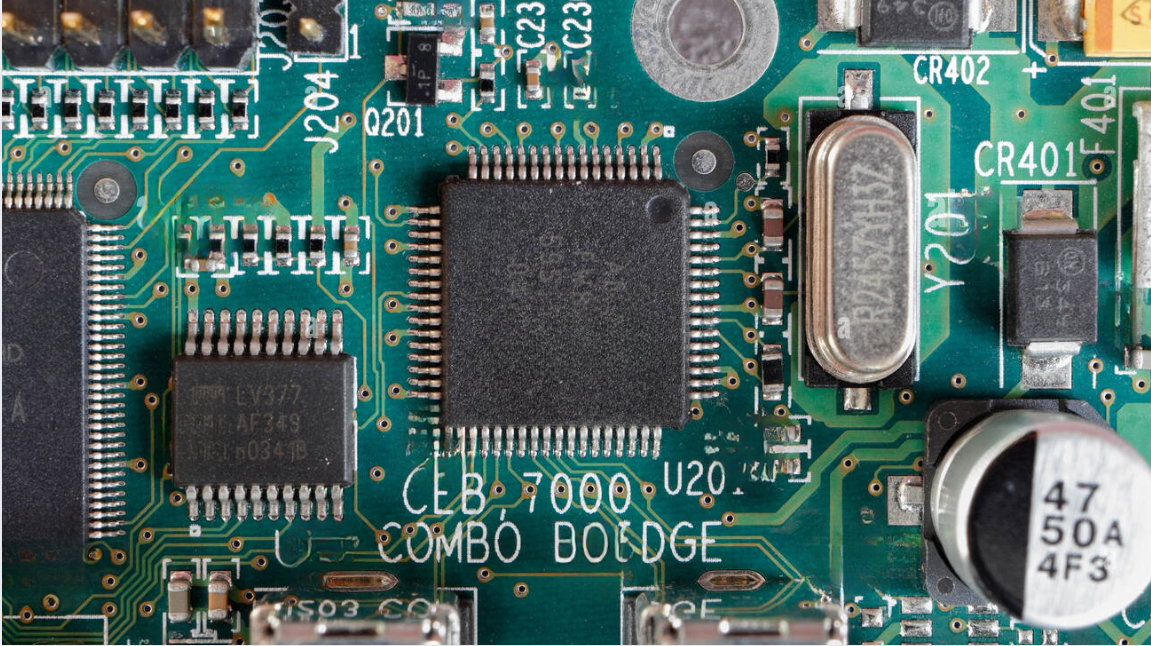
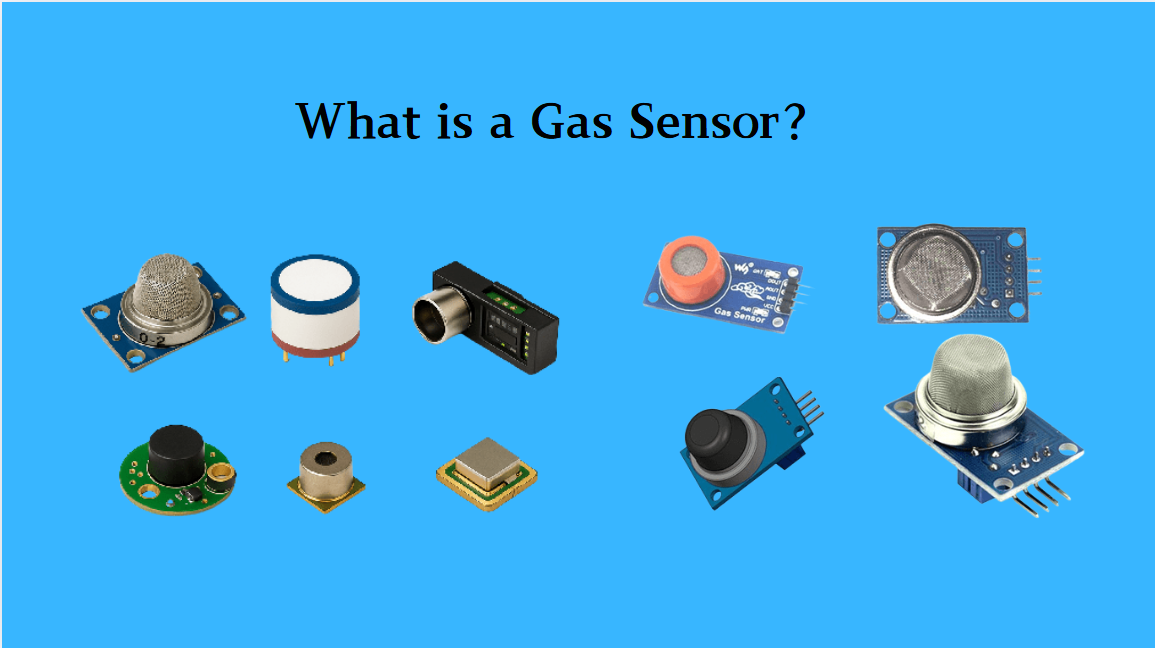
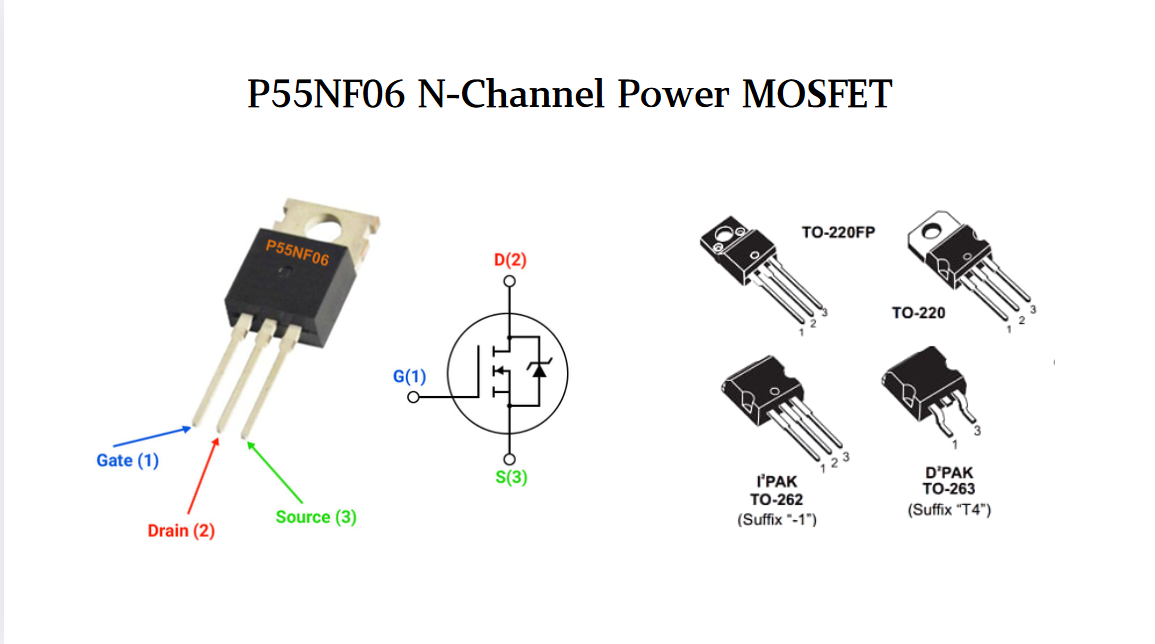
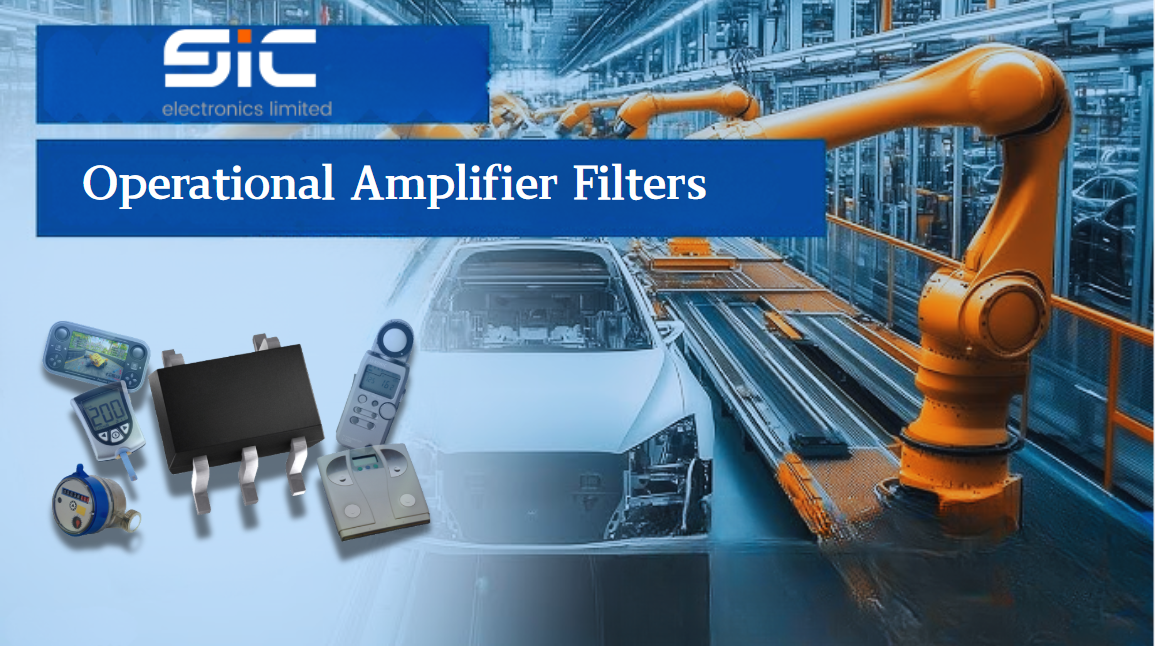
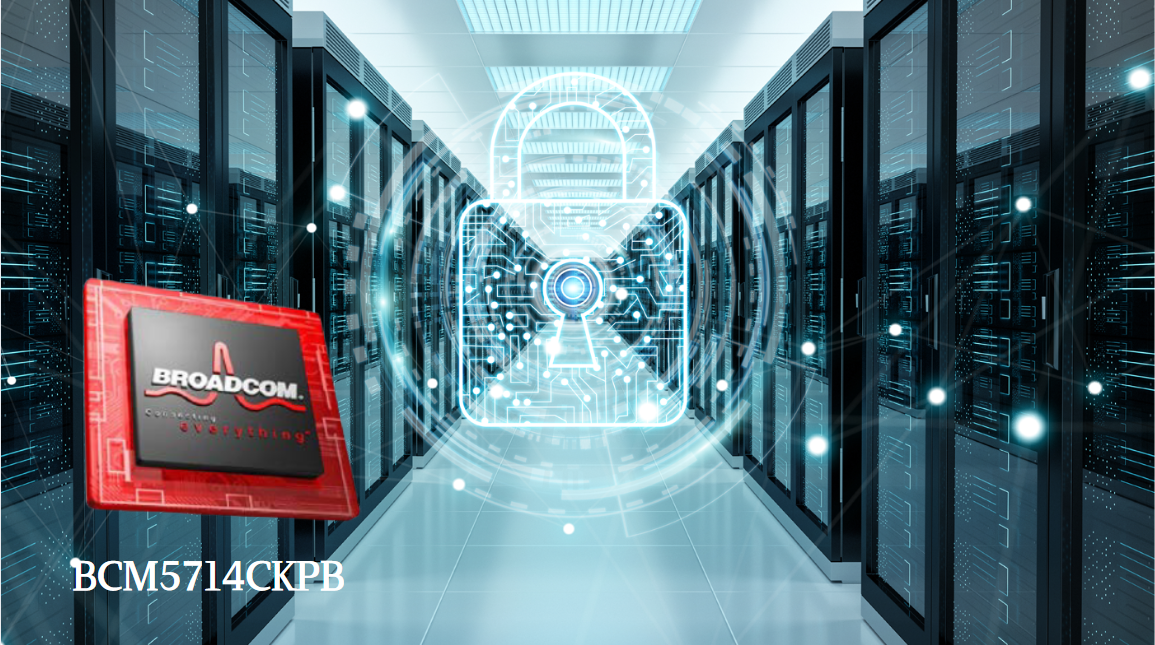
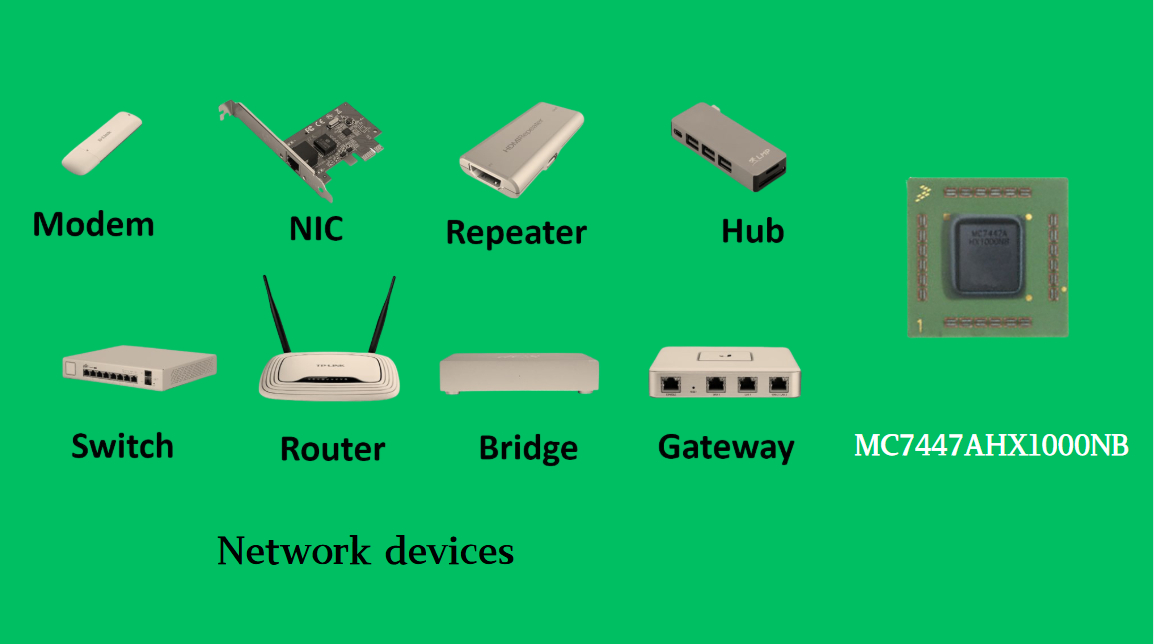
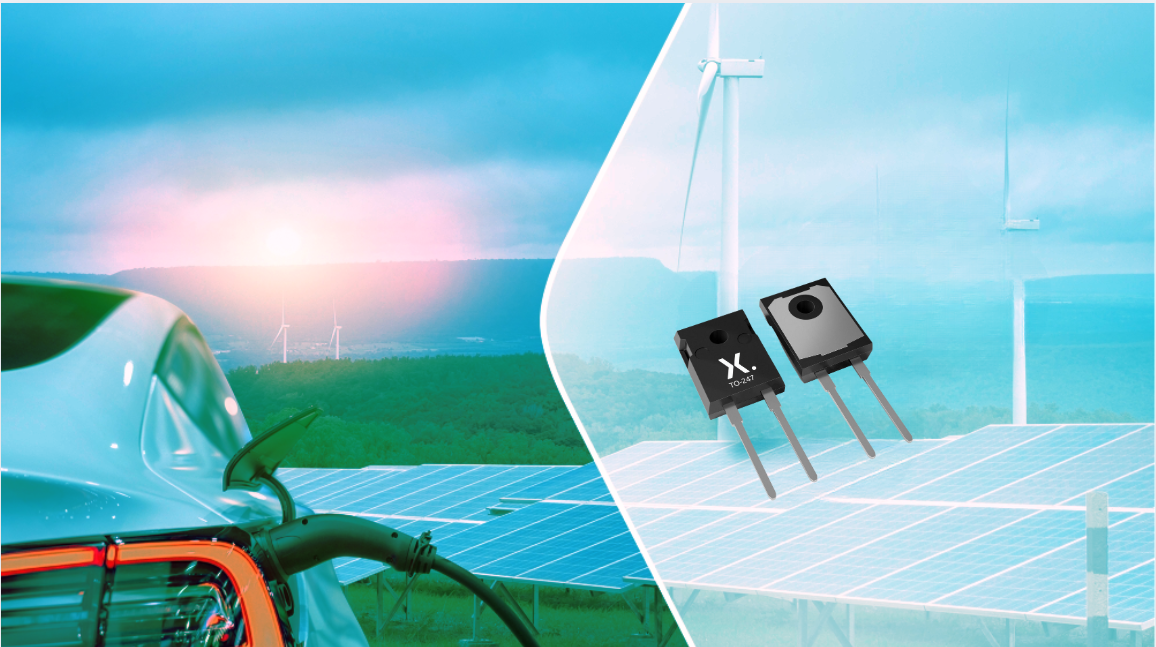
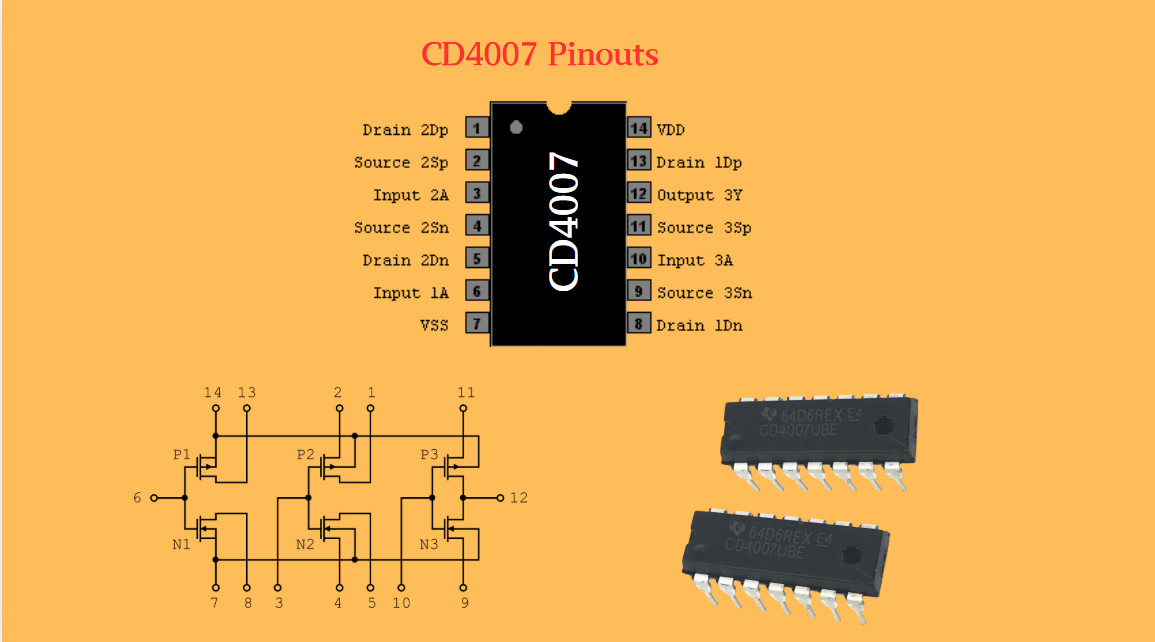
 Wishlist (0 Items)
Wishlist (0 Items)